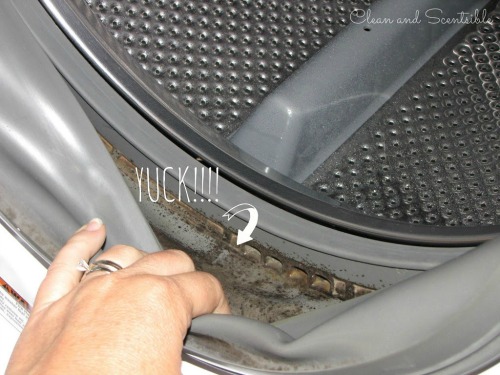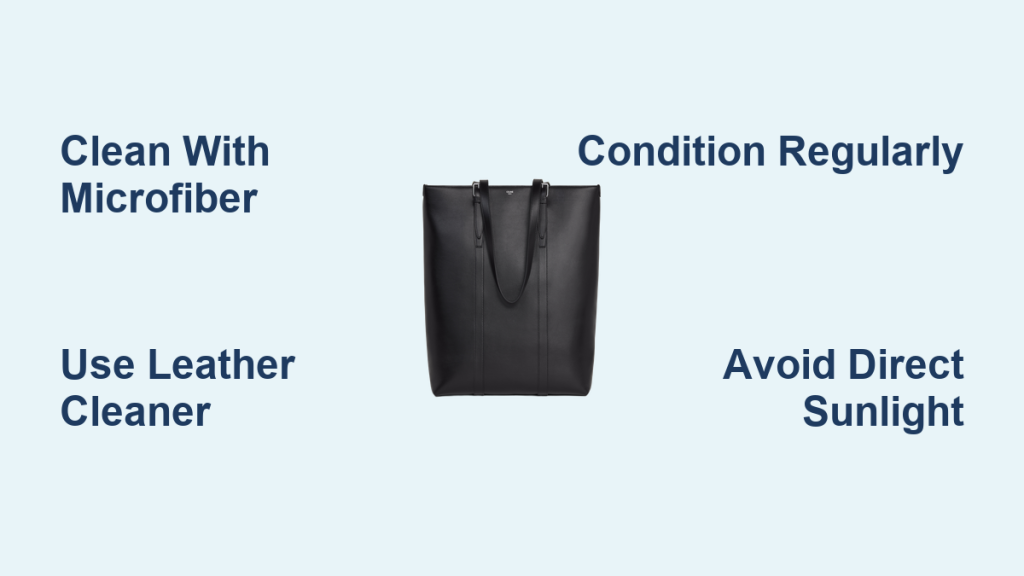Do you dread cleaning your laundry bags? They trap lint, detergent residue, and even mildew, leading to unpleasant odors and potential damage to your clothes. Luckily, keeping them fresh doesn’t require a complete overhaul – a quick clean can make a world of difference. This guide will show you how to effectively clean your laundry bags and keep them in top condition.
This comprehensive guide goes beyond a simple wash cycle. We’ll cover identifying different laundry bag materials, addressing stubborn odors, preventing mildew growth, and extending the life of your bags. By the end of this article, you’ll have the knowledge and tools to maintain clean, fresh laundry bags every time.
Understanding Laundry Bag Materials

Different laundry bag materials require slightly different cleaning approaches. Knowing your bag’s composition is key to avoiding damage.
- Mesh: The most common material. Durable and breathable, but prone to trapping lint.
- Polyester: A synthetic fiber often used for durability. Generally machine washable.
- Nylon: Similar to polyester, known for its strength and resistance to abrasion.
- Cotton: Less common, but provides a natural fiber option. Can shrink if not washed carefully.
Common Causes of Dirty Laundry Bags

Laundry bags get dirty for a variety of reasons. Identifying the source of the grime helps target the cleaning process:
Lint and Fabric Debris
The primary culprit. Mesh bags especially capture lint from clothes during washing and drying.
Detergent and Fabric Softener Residue
Builds up over time, leaving a sticky residue and potential odors.
Mildew and Mold Growth
Occurs in damp, poorly ventilated bags, leading to musty smells and potential health concerns.
Trapped Soil and Dirt
From heavily soiled clothing items.
How to Clean a Laundry Bag: Multiple Methods
Here are several methods for cleaning your laundry bags, ranging from quick refreshes to deep cleans.
Method 1: Machine Washing (For Most Bags)
This is the most convenient method for polyester, nylon, and many mesh bags.
Diagnosing the Issue
Assess the level of dirtiness. For lightly soiled bags, a simple wash may suffice. For heavily soiled or smelly bags, pre-treatment is recommended.
Fix Steps
- Empty the bag completely of any remaining items.
- Turn the bag inside out.
- Place the bag in a mesh laundry bag (this prevents it from getting snagged).
- Wash on a gentle cycle with cold or lukewarm water.
- Use a mild detergent – avoid bleach or fabric softener.
- Air dry completely. Avoid the dryer, as heat can damage some materials.
Testing
Check for any remaining residue or odors. Repeat the wash cycle if needed.
Method 2: Hand Washing (For Delicate Bags)
Ideal for cotton or delicate mesh bags that might get damaged in a machine.
Diagnosing the Issue
Similar to machine washing, assess the level of dirt and grime.
Fix Steps
- Fill a tub or sink with cold or lukewarm water.
- Add a small amount of mild detergent.
- Submerge the laundry bag and gently agitate the water.
- Rinse thoroughly with clean water until no detergent remains.
- Gently squeeze out excess water – do not wring.
- Air dry completely.
Testing
Inspect the bag for cleanliness and any signs of damage.
Method 3: Spot Cleaning (For Minor Stains)
Effective for tackling small stains or localized dirt.
Diagnosing the Issue
Identify the type of stain (e.g., detergent residue, dirt).
Fix Steps
- Mix a small amount of mild detergent with water to create a soapy solution.
- Dip a soft cloth into the solution and gently blot the stain.
- Rinse the area with clean water.
- Air dry.
Testing
Ensure the stain is removed and the surrounding fabric is not damaged.
Method 4: Disinfecting with Vinegar (For Odor Removal)
Vinegar is a natural disinfectant and odor eliminator.
Diagnosing the Issue
Strong odors indicate mildew or bacterial growth.
Fix Steps
- Mix 1 cup of white vinegar with 1 gallon of cold water.
- Submerge the laundry bag in the solution and let it soak for 30-60 minutes.
- Rinse thoroughly with clean water.
- Air dry completely.
Testing
Smell the bag to ensure the odor is gone.
Prevention Tips and Maintenance Advice
Preventing your laundry bags from getting dirty in the first place is the best approach.
- Empty bags immediately after use: Don’t let damp clothes sit in the bag for extended periods.
- Air out bags regularly: Hang bags in a well-ventilated area after each use.
- Wash regularly: Aim to wash your laundry bags every 1-2 weeks, depending on usage.
- Avoid overloading: Overfilling bags can trap moisture and promote mildew growth.
- Store properly: Store clean, dry bags in a dry, well-ventilated area.
Pro Tips
- Use separate bags for different types of laundry: This prevents color bleeding and cross-contamination.
- Add a dryer sheet to the bag during washing: This can help reduce static cling and freshen the fabric.
- Turn bags inside out before washing: This helps remove more lint and dirt.
- For stubborn odors, add baking soda to the wash: Baking soda is a natural deodorizer.
- Consider purchasing multiple bags: Having several bags allows you to rotate them and ensures you always have a clean one on hand.
- Check for tears or holes regularly: Repair any damage promptly to prevent further deterioration.
- Don’t use bleach on colored bags: Bleach can cause fading and damage.
Professional Help Section

While most laundry bag cleaning can be done at home, professional cleaning services may be beneficial in certain situations.
Signs that Indicate Professional Service is Needed
- Persistent mildew or mold growth that won’t respond to home cleaning methods.
- Severe staining or damage.
- Delicate or expensive bags that you’re hesitant to clean yourself.
What to Look for in a Service Provider
- Experience cleaning delicate fabrics.
- Environmentally friendly cleaning products.
- Positive customer reviews.
Typical Cost Ranges
Professional laundry bag cleaning typically ranges from $5-$20 per bag, depending on the size, material, and level of cleaning required.
FAQ Section
Q: How often should I clean my laundry bags?
A: It’s recommended to clean your laundry bags every 1-2 weeks, depending on how frequently you use them.
Q: Can I put my laundry bag in the dryer?
A: Avoid putting laundry bags in the dryer, as the heat can damage some materials. Air drying is the safest option.
Q: How do I get rid of mildew smell in my laundry bag?
A: Soak the bag in a solution of 1 cup white vinegar to 1 gallon of water for 30-60 minutes, then rinse and air dry.
Q: What detergent should I use to wash my laundry bag?
A: Use a mild detergent that is free of bleach and fabric softener.
Q: Can I iron my laundry bag?
A: Generally, no. Ironing can damage most laundry bag materials.
Alternative Solutions Section
If you’re struggling to remove stubborn odors or stains, consider these alternative solutions:
| Solution | Pros | Cons | Best For |
|---|---|---|---|
| Enzyme Cleaner | Effectively breaks down organic stains and odors. | Can be expensive. | Heavily soiled bags with organic stains. |
| Ozone Generator | Powerful odor eliminator. | Requires careful use and ventilation. | Persistent mildew or mold odors. |
Keep Your Laundry Bags Running Smoothly
By following these simple cleaning and maintenance tips, you can keep your laundry bags fresh, clean, and in good condition for years to come. Remember to regularly empty, air out, and wash your bags to prevent the buildup of dirt, detergent, and mildew.
Have you tried any of these methods? Share your experience and any additional tips in the comments below to help other readers!




